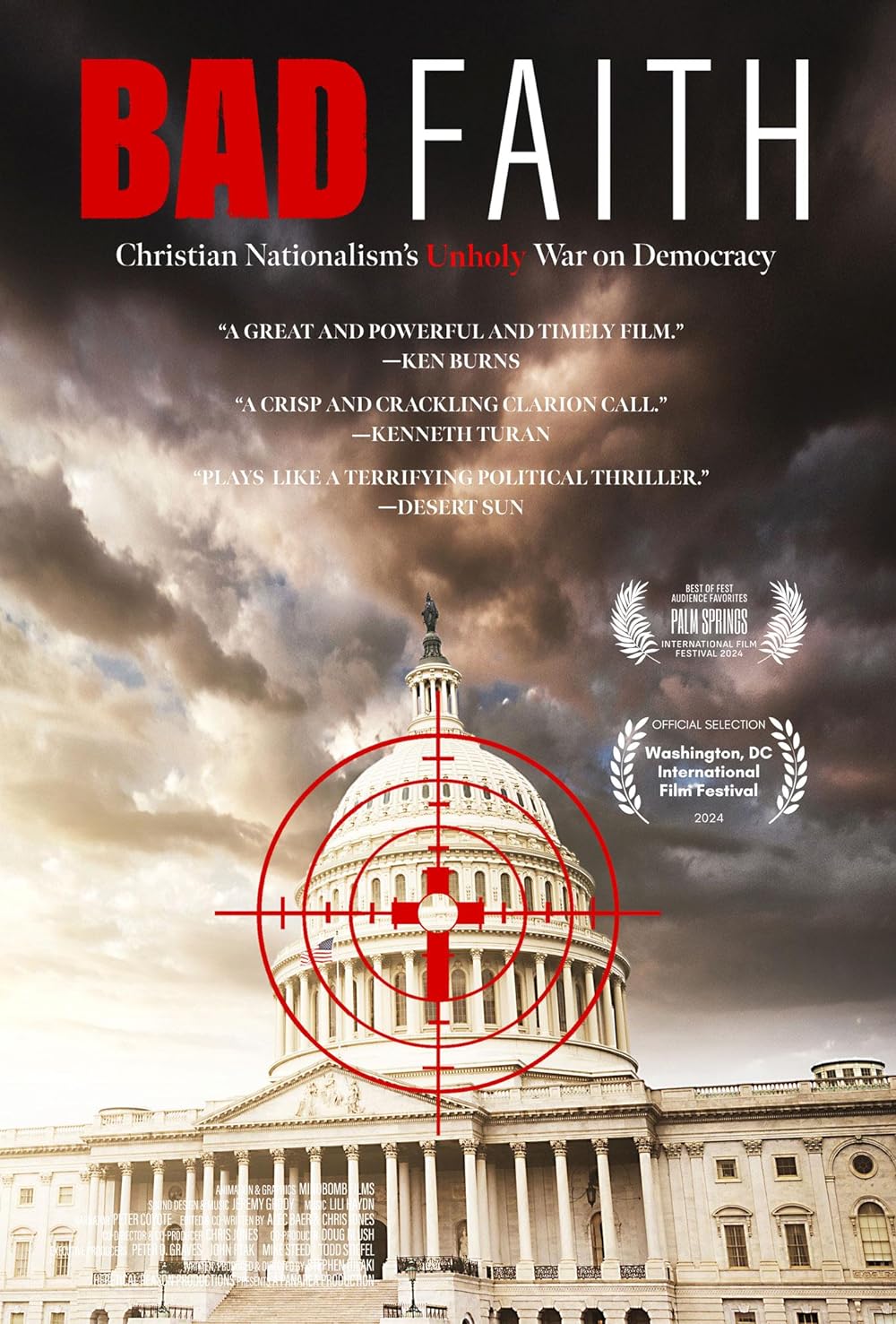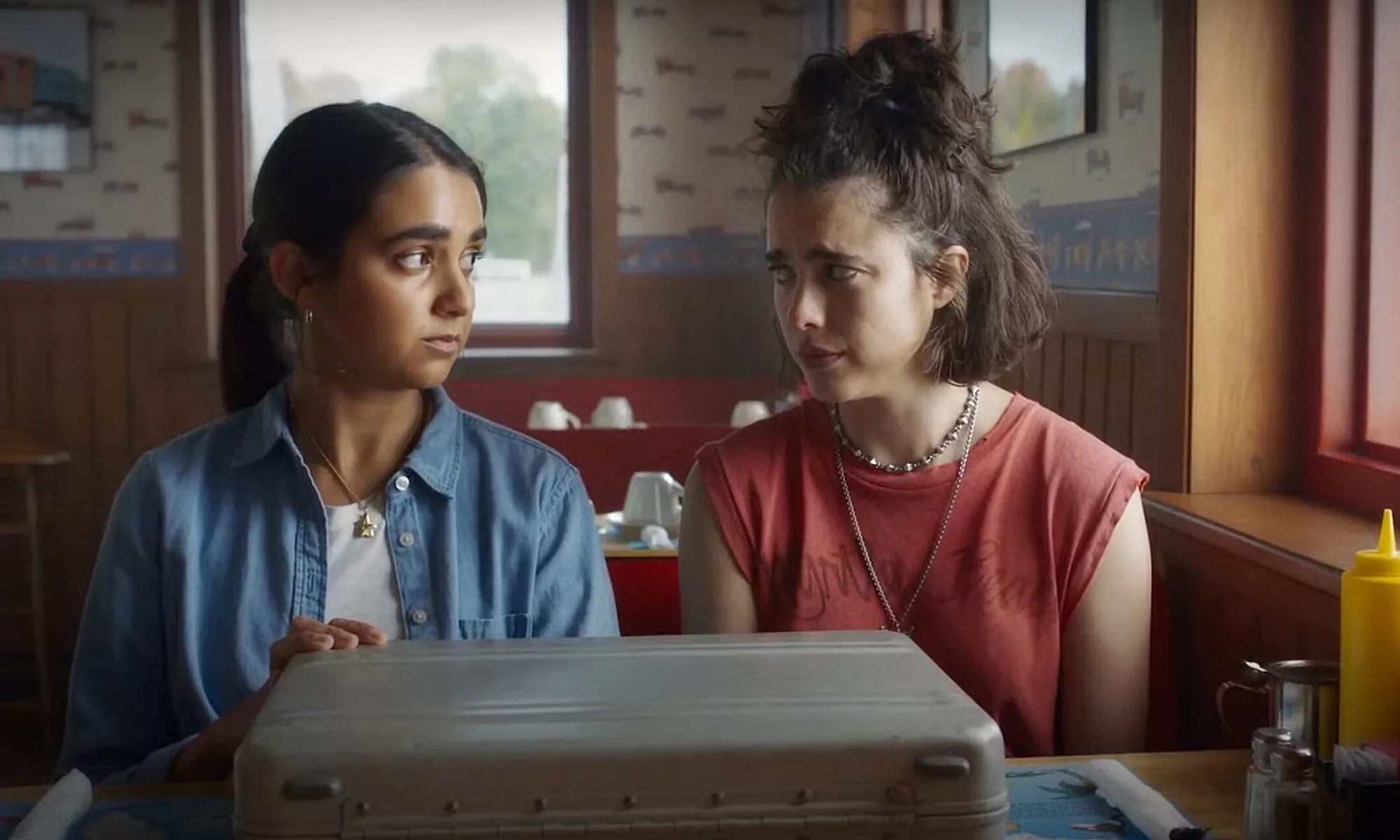The Girl Next Door
Posted on March 1, 2004 at 6:29 pm
D| Lowest Recommended Age: | Mature High Schooler |
| Profanity: | Very strong language |
| Nudity/ Sex: | Very explicit sexual situations and references, porn stars, strip club |
| Alcohol/ Drugs: | Underage character drinks, smokes a cigar, and takes ecstasy |
| Violence/ Scariness: | Tense situations, some fighting |
| Diversity Issues: | None |
| Date Released to Theaters: | 2004 |
This is a romantic fantasy about a straight arrow high school senior who falls for the girl next door, a porn star. That’s not the most offensive part, though. It is a shameless rip-off of the far better Risky Business, even briefly stealing a riff from that movie’s marvelous score by Tangerine Dream. That’s more offensive. But the most offensive aspect of this movie is the stunning stupidity of its script, even by the low standards of teen sex comedies.
Matthew (Emile Hirsch) is just about to get everything he’s been working for. He has successfully raised $25,000 to bring a brilliant Cambodian student to America to study. He’s been accepted to Georgetown and is a finalist for the scholarship that he needs to afford the tuition. Matthew may look longingly at the kids who play hookey and go to the beach, but he can’t even muster a fantasy about going with them; even in his daydreams he gets busted.
Then one night he looks out of his bedroom window and sees a gorgeous girl (Elisha Cuthbert) in the house next door, getting undressed. She sees him peeping and comes over to his house. It turns out she is house-sitting for her aunt. She takes him for a ride and asks him when the last time was that he did something crazy. The next thing he knows, he’s standing naked in the street as she drives away. And soon after that, he and Danielle are playing hookey and crashing a party. All is dewy young love in soft focus until he finds out that she is a porn star. He is disappointed in her. She is disappointed in him because he is disappointed in her. Danielle goes back to Kelly (Timothy Olyphant), the porn producer. Matthew goes after her. Kelly goes after him. The $25,000 disappears. Snobbish bullies must be shown up. And there is still that speech he has to give to win that scholarship.
The porn star as romantic ideal raises the same issues as the many films presenting prostitutes as the leading lady (and as Oscar bait — playing a prostitute is a reliable way to attract the attention of the Motion Picture Academy). But whether the movie is a silly comedy (Trading Places), a romantic comedy (Pretty Woman), a comedy with literary allusions (Mighty Aphrodite), or even a drama (Leaving Las Vegas and Klute), there is something uncomfortably misogynistic about these heroines. They always seem to be impossible fantasy figures, eternally available and unshockable yet somehow ineradicably pure, and, perhaps the ultimate fantasy, having experienced many men but preferring our leading man. In the most cynical manner, this movie smugly attempts to have it both ways. It wants us to be titillated by Danielle’s past and yet root for her innocent romance. It wants us to assume that she is both a woman who is paid to have sex on screen and an angel. The ultimate conclusion is all the more smarmy for trying not to be.
Cuthbert has a warm laugh and a beautiful smile. Olyphant and Hirsch (The Dangerous Lives of Altar Boys and The Emperor’s Club) show signs of true screen presence, giving their characters shading and magnetism far beyond the script (and even farther beyond the other performers). It does have a few moments of comedy, a terrific soundtrack of surprisingly well-chosen pop and rock, and even a little charm. But the overall themes are truly vile and the last third of the plot is both vile and stupid.
Parents should know that this movie has explicit sexual references and situations. Many of the main characters work in the pornography industry. While the glimpses of porn video footage are brief and more suggestive than explicit, there are some graphic images and there is a lot of vulgar humor. Characters go to a strip club and get lap dances. Characters also drink and smoke and a character’s inadvertant use of the drug ecstacy is portrayed as humorous. There is some violence, including fights, and characters use very strong language. Parents should also be aware that they may find the overall themes of the movie inappropriate even for older teens, including the idea of the porn star as a fantasy romantic figure.
Families who see this movie should talk about what Matthew and Danielle see in each other and what the prospects for their future relationship are likely to be. What do you think about Matthew’s idea about how to solve his problem?
Families who enjoy this movie will also enjoy the vastly better (and more authentically ambivalent) Risky Business.






